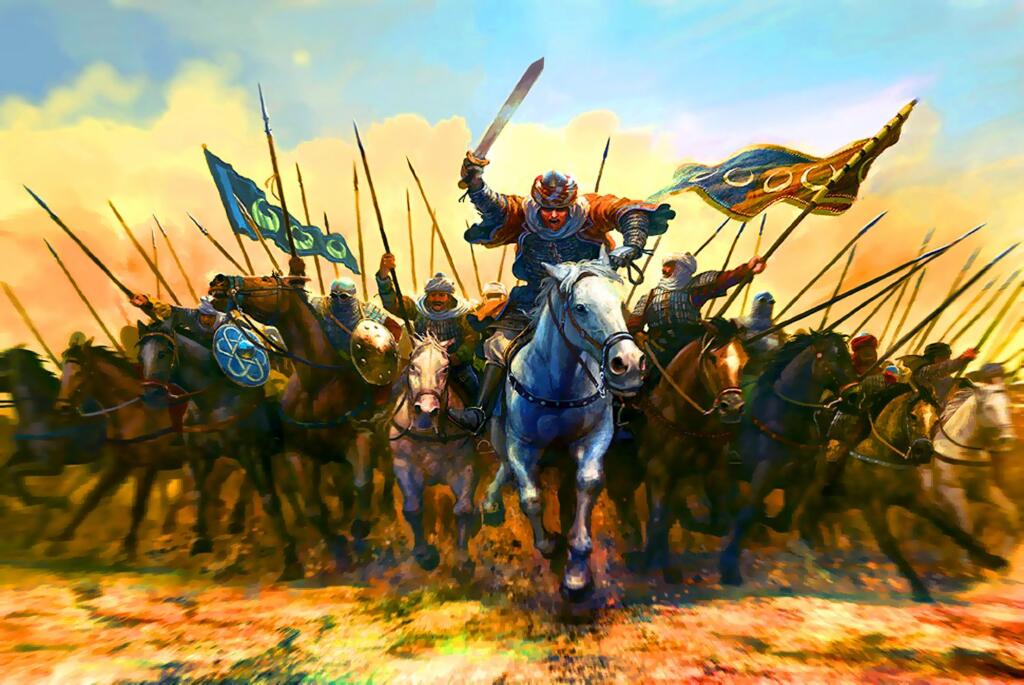The genocide endured by Hindus in India over an 800-year period under Arab, Turkish, Mughal, and Afghan invaders remains globally unrecognized. This prolonged era of bloodshed began around 1000 A.D. with Mahmud Ghazni’s incursions into the Indian subcontinent and lasted for centuries. Historical accounts vividly document these horrific massacres. For instance, Nadir Shah created a mountain of Hindu skulls in Delhi, and Babur built towers of skulls at Khanua and Chanderi. In 1568, Akbar ordered the massacre of 30,000 Rajputs after capturing Chithorgarh. The Bahamani Sultans reportedly set an annual goal of killing at least 100,000 Hindus.
Abundant literary documentation exists regarding the largest holocaust in history, drawn from firsthand testimonies of eyewitnesses during that time. The chroniclers and biographers associated with the invading forces and subsequent regimes in India have meticulously recorded the brutalities inflicted upon the Hindu population in their routine interactions. These historical accounts provide comprehensive insights into the relentless atrocities perpetrated against India’s Hindus by successive conquerors and rulers.
Dr. Koenraad Elst’s Findings
Dr. Koenraad Elst, in his article “Was There an Islamic Genocide of Hindus?” states that no official estimate exists for the total Hindu death toll at the hands of Islamic invaders. However, chroniclers suggest that Muslim warriors killed more Hindus over 13 centuries across the subcontinent than the six million Jews killed during the Holocaust. Historian Ferishtha notes multiple instances when the Bahmani Sultans, a provincial dynasty, killed a hundred thousand Hindus as a minimum target whenever they sought to punish them. The most significant slaughters occurred during Mahmud Ghazni’s raids around 1000 CE, Mohammed Ghori’s conquest of North India beginning in 1192, and under the Delhi Sultanate from 1206 to 1526.
The Brutality of Conquests
Elst further elaborates in his book “Negation in India” that for Hindus, Muslim conquests up to the 16th century were existential battles. Entire cities were razed, populations massacred, and hundreds of thousands were killed or enslaved in each campaign. After the conquest of Afghanistan in 1000 CE, the region’s Hindu population was annihilated, giving rise to the name Hindu Kush, meaning Hindu slaughter.
The Perspective of Will Durant
Will Durant, in his 1935 book “The Story of Civilization: Our Oriental Heritage,” describes the Muslim conquest of India as the bloodiest in history. Islamic historians and scholars recorded the massacres, forced conversions, abductions of Hindu women and children for slavery, and temple destructions with pride, spanning from 800 AD to 1700 AD. Durant asserts that millions of Hindus converted to Islam under threat of the sword during this period.
Francois Gautier’s Observations
Francois Gautier in “Rewriting Indian History” (1996) asserts that the massacres committed by Muslim invaders in India are unparalleled, even exceeding the Holocaust of the Jews by the Nazis, the Armenian genocide by the Turks, and the slaughter of native populations in South America by Spanish and Portuguese colonizers.
Alain Danielou’s Accounts
Alain Danielou, in his book “Histoire de l’Inde,” describes the arrival of Muslim invaders around 632 AD as the beginning of a relentless series of murders, massacres, plundering, and destruction. These atrocities, committed in the name of ‘holy war,’ devastated civilizations and exterminated entire races.
Irfan Husain’s Insights
Irfan Husain, in his article “Demons from the Past,” notes that while historical events should be judged within their contexts, the Muslim invaders showed no mercy to Hindus. The Arab conquerors of Sindh and south Punjab, and the Central Asians from Afghanistan, committed numerous atrocities. Prominent Muslim figures such as Mahmud of Ghazni, Qutb-ud-Din Aibak, Balban, Mohammed bin Qasim, and Sultan Mohammad Tughlak have blood-stained legacies. From the Hindu perspective, these invasions were catastrophic, involving the destruction of temples, the smashing of idols, the raping of women, and the killing or enslavement of men. When Mahmud of Ghazni attacked Somnath, he slaughtered 50,000 inhabitants, while Aibak killed and enslaved hundreds of thousands. These acts were often justified as religious duties, yet they were straightforward acts of plunder and massacre under the guise of holy war.
THE INVADERS
The atrocities committed during the Muslim conquests in India were immense and deeply impactful, yet they remain largely unrecognized on a global scale. This history reflects a brutal period marked by widespread violence, forced conversions, and cultural destruction, which still echoes in the collective memory of the Hindu community. The legacy of these invasions underscores the complex interplay of religious, cultural, and political forces that shaped the subcontinent’s history.
The goodness and hospitality ingrained in Indian culture was used during the Islamic invasions of India. Islamic invaders, recognizing the open-hearted nature of the Indian people, exploited their hospitality to further their conquests. Invaders, while acknowledging the hospitality they received, also took advantage of it to infiltrate Indian territories. They often exploited the trust and goodwill of local rulers and communities, using deceptive tactics to gain entry and then resorting to violence and subjugation.
SOURCE: https://www.sikhnet.com/news/islamic-india-biggest-holocaust-world-history
ALSO READ: How Bhagwan Varaha Swami kept Islamist invaders away from the Tirumala Temple
